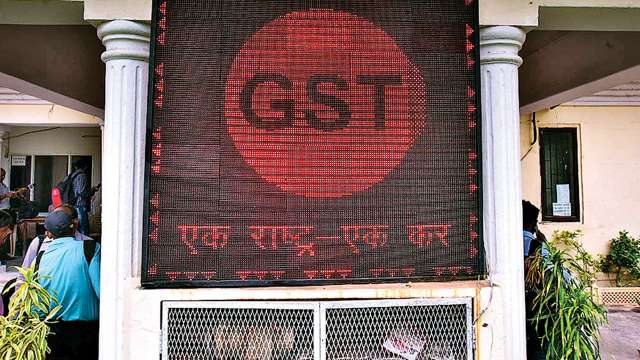Taxation
Impact of GST on the formal sector

The Goods and Services Tax (GST) has been hailed as the biggest tax reform in India after independence. One of the principal advantages of the GST is that it is a tax on the value added. So, a firm producing a particular good or service has to pay tax only on the value it adds to the product, while deducting the tax payments made on its inputs (which have already been paid by the input supplier). These tax deductions on inputs are called Input Tax Credits (ITCs).
Firms can avail ITCs from the tax authorities only if they can show that their supplier of inputs paid GST on those inputs. This forces all firms in the value chain to maintain records of their tax payments as firms higher up the value chain will demand these records to avail their respective ITCs. This self-policing feature of the GST is therefore expected to raise compliance and increase government revenues. It also has one more advantage. Firms in the informal sector are by definition out of the tax net. If these firms are suppliers of inputs to formal sector firms (that pay taxes), then they will be forced to register with the tax authorities and get their GSTIN numbers. Otherwise, the formal sector firms that procure their products as inputs will switch over to formal sector suppliers as they can use the suppliers’ GSTIN numbers to avail ITCs. Thus, the GST is also expected to formalise the economy, as more and more hitherto informal firms register with the tax authorities.
But there is a reverse possibility also. Consider two firms A and B. A is the supplier of inputs to B. Assume A is in the informal sector and B is in the formal sector. According to the previous paragraph, B will force A to get a GSTIN number so that B can avail ITC. So, A registers and comes into the formal sector. However, if the cost of GST compliance is very high, then B might instead be tempted to stop paying taxes or de-register and join the informal sector.
As a result, both A and B are now part of the informal sector and the entire value chain slips out of the tax net. Thus, if the costs of compliance are high enough, GST can actually shrink the formal economy and lower revenues.
Two American economists, de Paula and Scheinkman, studied the effects of introduction of Value Added Tax (VAT) on Brazil. They found that the costs of compliance were so high that it marginally shrank the Brazilian formal sector initially. Later tax reforms reversed this trend and the formal sector expanded as expected. Has something like that happened in India? It is too early to say given the limited data. No doubt there has been a 50% increase in the indirect taxpayer base (according to the Economic Survey). But there is clear anecdotal evidence to suggest that firms are evading the payment of GST. Thus, value chains are slipping out of the tax net. Steps are, therefore, being taken to reduce the costs of compliance and incentivise firms to pay GST. The attempts by various stakeholders to make this tax reform work is promising.







































